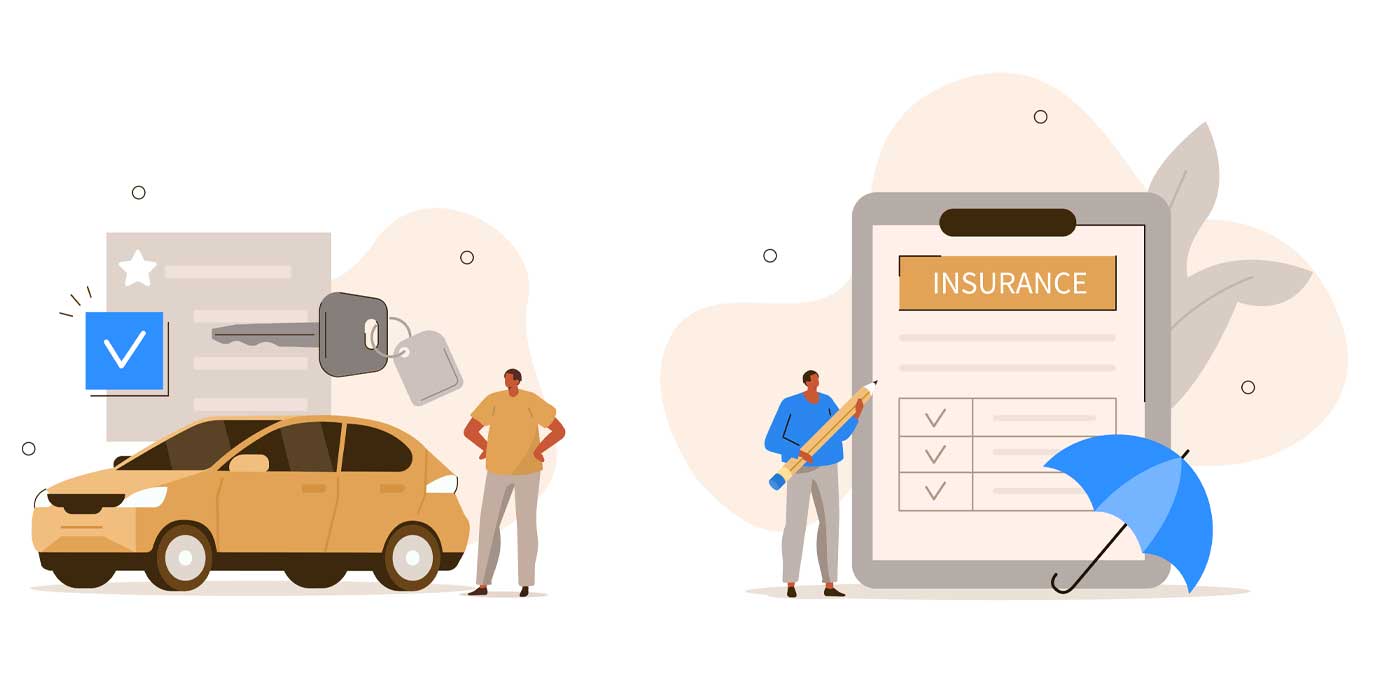Over the past few years, the experience of car shopping has changed thanks to the accessibility of smart technology. In fact, today’s car shoppers are already well informed about what they want (whether it’s a new/used car or service) by the time they call into the dealer.
Your customers spend a lot of time online, specifically on their smartphones. But not only are they not buying online yet, they also don’t want to fill out forms. They prefer to consult face-to-face with a dealer, and that relationship starts with click-to-call technology.
As a result, the experience a customer receives when making a phone call to a dealership is of the utmost importance. Ideally, every single call should be treated like it’s the most important call you’ve received. Dealers tend to get distracted with what is important to them, like collecting contact information or setting an appointment. What they should be focused on is fulfilling the customer’s needs.
Consider this: The average customer will call up to seven dealerships, but only walk in to one or two. You want to be one of those dealers.
Focus on the Customer Experience
When considering how you want to improve your customer experience, first try calling your store a few times to experience the call as your customers do. During these calls, you want to evaluate the number of disclaimers, how long it takes to connect and how many phone tree options you have. Typically, it takes around 20 seconds (or four rings on the customer’s end) for a representative to answer. And then, chances are, the caller will need to be transferred. Is this the experience you would want if you called in?
Bear in mind that the reason customers are calling your store in the first place is because they want you to answer a few questions they couldn’t answer themselves online. If they are passed around and put on hold, even for 30 seconds, they are less likely to do business with you. Frustratingly, it’s too easy to lose a customer on the phone.
When speaking to a customer, we all know to be genuine and positive; customers who call your store expect to have a good human-to-human experience. The basis of communication is trust, so it’s essential we establish a sense of trust quickly on the call. And trust is established at the intersection of a dealership employee demonstrating competence by answering questions and the highest level of character when interacting with the customer.
When more customers call dealerships than submit Web leads or walk in combined, it’s essential to provide the best possible phone experience.
Call Management Tips
Another important, but often overlooked, aspect of a positive customer experience is effective call management, which includes call logging and tracking. For example, did you know 85 percent of missed calls in a dealership are from valid callers? You’ll want to look up those numbers in your CRM and then call them; that sort of proactive engagement can put a “wow” on your customer’s day.
Further, when customers call, it’s important to listen to what they are asking; this practice is called “smart transfers.” If they are looking for a specific person, transfer them there. If they want a specific department, send them that way. However, if a caller asks for a specific vehicle on your Website, or a specific service in your shop, this is a clue that you have a first-time caller on the line, so their experience should be remarkable.
In terms of who answers the phone — a phone tree or a receptionist — the data shows that an “answer and transfer” strategy is just as good as a phone tree. However, if you opt to go with a phone tree, keep it limited to no more than three options with a catchall option for customers who aren’t sure where they should be directed. Ideally, the options will suggest the service department first, followed by sales — when sales is the first option, only 47 percent of calls that are routed to sales are actually for the sales department.
Notably, 25 percent of callers hang up on hold in less than 30 seconds. To keep them on the line (and to provide a better experience), check in often so they understand you haven’t forgotten their question or concern. If their wait time will be significant, ask for their phone number so you can call them back.
You may also consider allowing your employees to put their personal number on their voicemail greeting so customers can call or text your team members directly. In fact, this is what customers want. Employees sometimes exercise this practice whether they are authorized by the dealership or not as we’ve learned on calls we’ve recorded.
And, in fact, many dealerships are issuing dealer-tracked numbers for their employees to use, and even their landlines are text accessible to provide customers with more communication options. Texting may seem like an odd avenue for dealerships to utilize when communicating with customers, but wouldn’t you prefer to wait 45 minutes for an answer to a non-urgent text rather than wait 30 seconds on hold?
Final Thoughts
To summarize, the best practices for improving call connectivity and customer experience over the phone are as follows:
1. Call your store and evaluate your experience.
2. Find gold in missed calls from valid numbers.
3. Embrace the concept of smart transfers.
4. Limit hold times to 30 seconds or less.
5. Reconsider your voicemail status.
These practices can be implemented in a dealership of any size, so there’s no reason not to implement these changes. After all, your callers don’t care how many appointments you set or what metrics you measure; all customers care about is getting their questions answered in a friendly, positive and timely manner.
When dealers deliver this experience, 57 percent of the time, the caller will ask for an appointment.
Michael Markette














